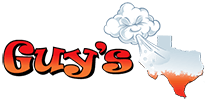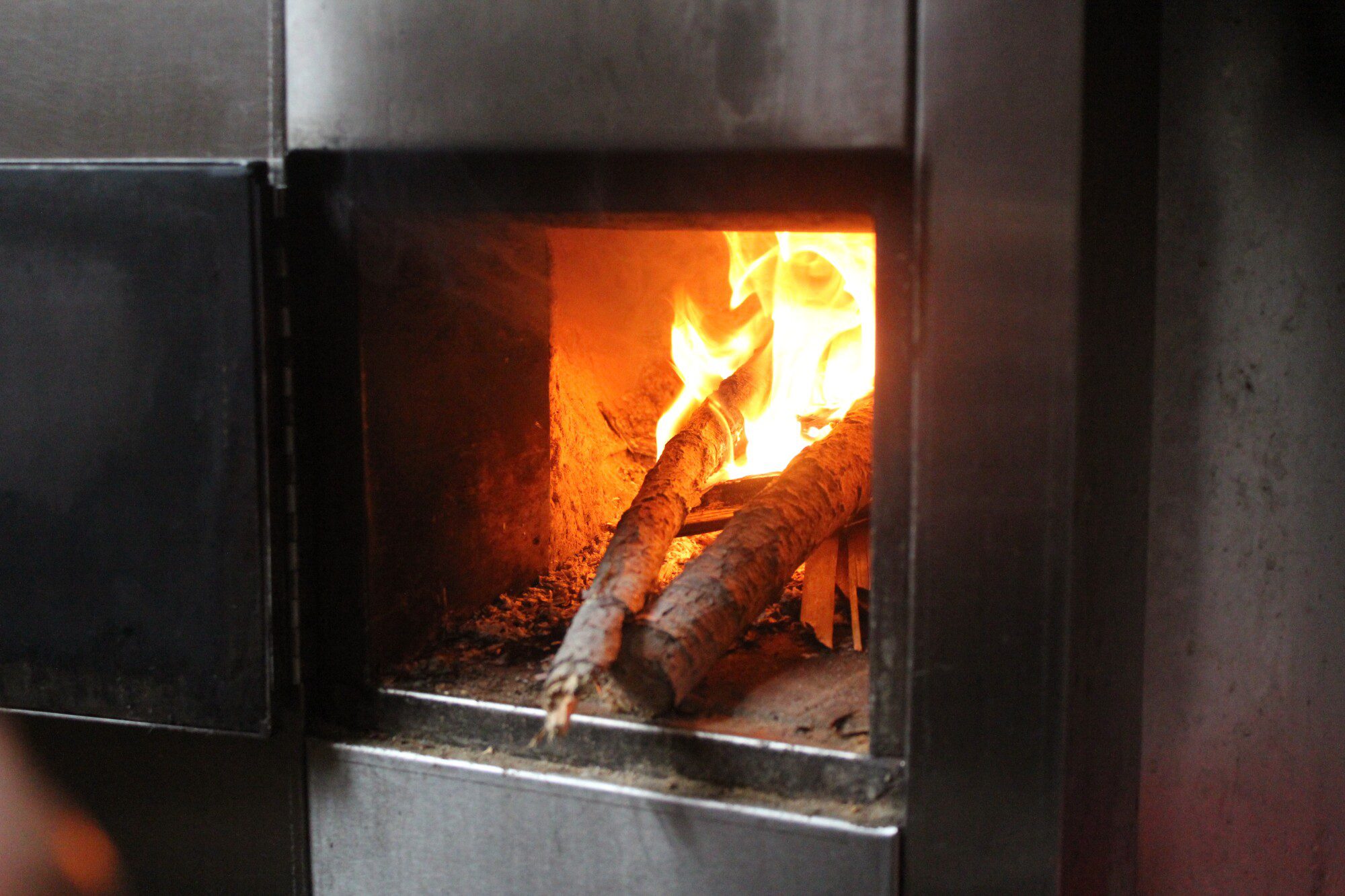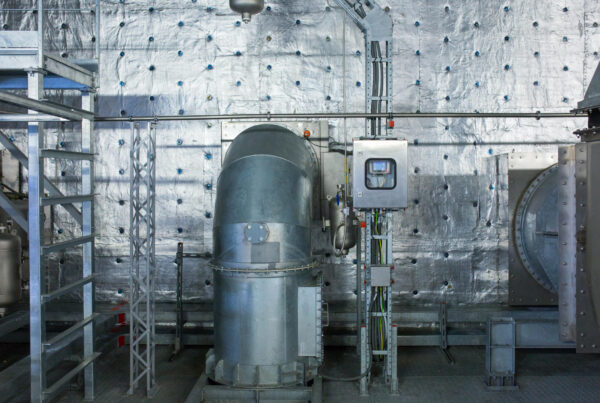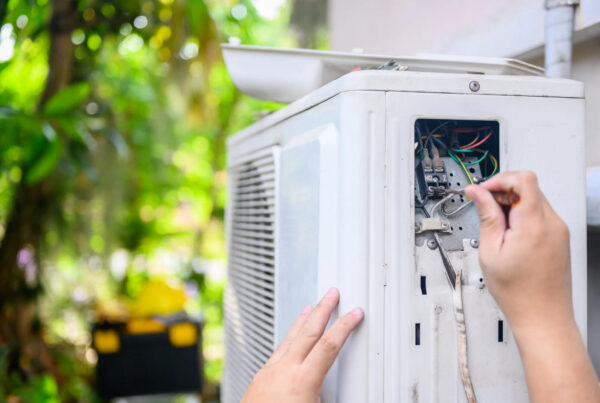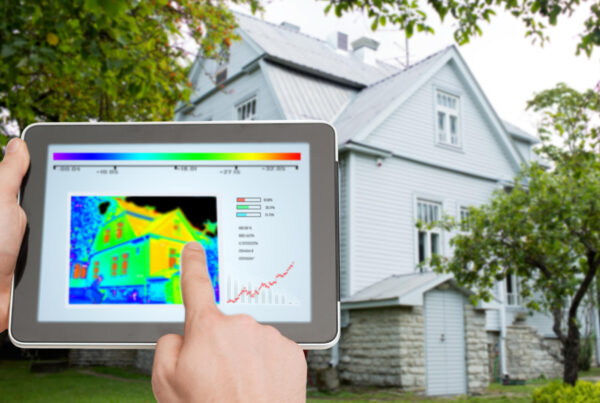Uh-oh! You’ve done it again; you’ve waited until the Texas cold air blows in to check the performance of your furnace.
Now that it’s on, you’re noticing that it makes strange noises, turns on erratically, and produces strange odors that you aren’t too sure are normal. Furnace problems are common when unused for an extended period of time and without proper maintenance twice a year.
If your heating system displays one or all of these things, it could signify a broken furnace. The sooner you can identify the causes, the better.
Don’t know where to begin?
Read this guide on the 9 most common problems you have with your furnace.
1. Furnace Doesn’t Blow Air
Is your furnace struggling to produce airflow? Several factors could be the reason.
The main factor can be dirt or debris caught in the filter preventing the air from passing through. Some furnaces are designed with a safety shut-off that prevents overheating that can occur with buildup. If it shuts off, it can give the illusion that the air is not blowing.
A red blinking light on the blower may indicate a more serious matter that may require a professional technician to take a look.
2. Thermostat Malfunction
A malfunctioning thermostat is a hint that something internally needs repairing. If you’re having difficulty pinpointing the cause, one sure sign of a defect is if your fan continually runs.
This affects the thermostat battery the furnace efficiency and can make the air in your home uncomfortable, which can be dangerous in the Texas climate.
Figuring out the source as quickly as possible decreases your chances of needing a furnace replacement due to irreversible damage.
3. The Furnace is Noisy
If your furnace kicks on, and you can’t hear the television over the loud rattling and popping, then it’s time to call in an expert. Different sounds can signal various malfunctions, so listen intently.
If you hear a rattling sound, it could be loose paneling that needs tightening. A popping noise could be the connecting ducts that contrast with the temperature.
4. Filters Are Dirty and Clogged
Your filters can become dirty and clogged from their surrounding environments and require frequent maintenance. Especially in areas like Houston, which has all for seasons, quarterly filter replacement is imperative to prevent the furnace from overworking when you need it the most.
5. Weathered Ball Bearings
Located in varying places in a furnace, ball bearings are an essential feature that helps the motor of the furnace function properly. Over time, the ball bearings wear down and need replacement.
People are most likely unaware of their ball bearings condition until it is too late, another reason why maintenance inspections are vital. If you hear a scraping sound coming from the furnace, it could be the ball bearings. Turn off the furnace immediately and seek mediation.
6. Limit Switch Malfunction
Limit switch malfunctions go hand in hand with thermostat malfunctions, clogged filters, higher energy bills, and a few other issues. If any of these occur, they make the system run more frequently, which means the limit switch is not correctly recognizing the need for shut-off and shut-on.
When the other malfunctions are resolved, so will the limit switch.
It is entirely possible in some circumstances for the limit-switch to malfunction on its own. Unfortunately, it’s not something that can be fixed on your own, but it’s better to hire a heating service that can resolve it quickly without risking your safety.
7. Recurring Over-Cycling
Are you unsure about why you keep receiving obscenely high energy bills? You could be over-running your system. When your thermostat is set too high or too low, it can continuously crank on even after running a cycle.
It does not necessarily heat or cool your home any faster, and doing so creates a strain on the furnace.
It can be difficult to find the right temperature during the Texas winter months, but waiting a few extra minutes for the furnace to circulate at a median temperature will save you money in the long run.
8. Cracked Heat Exchanger
A heat exchanger is a metal shell or tubing that separates the warming flame air and the filtered air you breathe from the vents. It protects the furnace.
Through poor maintenance and over-cycling, the heat exchanger can crack. If it does, it can be very costly to fix and will require replacing the whole heat exchanger or, in rare some cases, an entire furnace replacement.
9. Pilot Light Flickering
The primary function of your pilot light is to ignite the burners of your furnace. This is seen primarily on older furnace models, as newer furnace models use electricity to ignite burners.
A healthy pilot is a solid, blue coloring that is steady and does not flicker. However, if flickering occurs and the coloring changes to yellowish-orange color, that could indicate an excessive amount of carbon monoxide in the furnace.
Carbon monoxide is an odorless gas that can fill your home and cause life-threatening carbon monoxide poisoning.
If you notice your pilot’s light color changes, it warrants a call to a highly trained professional.
Service Your Furnace Problems Today
Your furnace, in a literal sense, is the heart of the home. It keeps you and your family warm on those cold Texas nights and requires proper maintenance to continue its function.
Don’t trust just anyone with your furnace problems.
Guy’s Air and Heating service are highly trained furnace experts, locally servicing Houston and the Texas northeast region.
For information on our locations, contact us or visit our direct website.
